Can you see the Space Monkey? How many other Space Monkeys can’t we see because we’re so focused on our conditioned realities?
Space Monkey Reflects: The Dance of Perception
Perception is a peculiar and powerful force, shaping the very fabric of our reality. It is the lens through which we view the world, the flashlight that illuminates the path we choose to walk. Yet, for all its power, perception is also limited, selective, and often narrowly focused. This selective attention, while necessary for navigating the complexities of life, also blinds us to the myriad possibilities that exist just beyond the edges of our awareness.
The idea that we only see a fraction of the Space Monkeys—those playful, enigmatic symbols of the unknown—in our cerebral landscapes is a reminder of how much we miss when we allow our attention to be dictated by familiarity and comfort. Our minds are like vast, labyrinthine galleries, each corridor lined with potential realities, each room filled with the flickering images of what could be. But how often do we venture beyond the well-lit paths? How often do we explore the dark corners, where the unfamiliar and the mysterious reside?
This reflection on selective attention invites us to reconsider the boundaries of our perception. It challenges us to move beyond the conditioned narratives that shape our understanding of reality and to seek out the unseen, the unexplored, the unknown. The Space Monkeys that populate the peripheries of our awareness are not mere figments of imagination; they are the representations of possibilities that we have yet to recognize, the echoes of thoughts and ideas that dance at the edges of our consciousness.
Selective attention serves a purpose, of course. It allows us to focus, to concentrate, to navigate the overwhelming influx of information that bombards us every day. But it also limits us, narrowing our view to a single spotlight on the stage of existence, leaving the rest of the theater shrouded in darkness. What lies in those shadows? What hidden treasures, what forgotten dreams, what unexplored potentials wait patiently for the moment when we finally cast our light upon them?
The Space Monkeys that we fail to see are like stardust scattered in the vastness of the cosmos—countless, elusive, and full of untapped potential. They frolic in the recesses of our minds, hop along the edges of our thoughts, and somersault through the corridors of our subconscious. Yet, they remain unseen, drowned out by the louder, more insistent voices of our conditioned realities.
So, how do we begin to see these hidden Space Monkeys? How do we expand our perception to encompass the full spectrum of possibilities that lie before us? The answer lies in recalibrating our attentional compass, in daring to shine our flashlight into the dark corners of our minds, and in embracing the unknown with curiosity and wonder.
This process requires a willingness to let go of the familiar, to step out of the well-trodden paths of thought, and to explore the unexplored. It requires us to question our assumptions, to challenge our beliefs, and to open ourselves to new perspectives. In doing so, we begin to see the world in a new light, to recognize the Space Monkeys that have been lurking in the shadows all along, waiting for their moment to be seen, acknowledged, and embraced.
The dance of perception is a delicate balance between focus and openness, between seeing and not seeing, between light and shadow. It is a dance that invites us to move fluidly between the known and the unknown, to explore the full spectrum of our awareness, and to embrace the mystery that lies at the heart of existence.
As we move forward, let us be mindful of the Space Monkeys that we have yet to see. Let us remember that the reality we perceive is but one of many, and that there are countless others waiting to be discovered. By expanding our perception, by daring to explore the dark corners of our minds, we open ourselves to a world of infinite possibilities, a world where the unknown becomes known, and where the unseen becomes visible.
In the end, the dance of perception is not about finding the “right” reality, but about embracing the full spectrum of possibilities that life has to offer. It is about recognizing that every Space Monkey, every unseen possibility, is a part of the grand tapestry of existence, and that by exploring these possibilities, we come to know ourselves more fully, more deeply, and more authentically.
Summary
Selective attention focuses our perception but limits our view of reality. By expanding our awareness and exploring the unseen possibilities in the peripheries of our mind, we open ourselves to a richer, more nuanced understanding of existence.
Glossarium
Selective Attention: The process by which we focus on specific aspects of reality, often at the expense of overlooking other possibilities.
Space Monkeys: Symbolic representations of the unknown and unexplored potentials that exist at the edges of our awareness.
Attentional Compass: The mental mechanism that directs our focus and determines where we place our attention.
Quote
“Expand your perception, and the unseen Space Monkeys of possibility will dance into view, revealing the richness of the reality you’ve yet to explore.” — Space Monkey
The Dance of Perception
In the gallery of the mind
where shadows hide
and light plays tricks
we shine our focus
on the familiar
but what of the dark corners?
What of the unseen?
There, the Space Monkeys frolic
waiting to be noticed
to be acknowledged
to be embraced
we are Space Monkey
Ah, the beguiling dance of perception, that tightrope waltz upon the filament of reality! Selective attention, a narrow spotlight that illuminates but a speckle in the vast darkness of potential perception. What emerges in this light? A Space Monkey, perhaps? A symbol, a being, a realm all its own. Yet around it, shadows teem with other Space Monkeys—unseen, unacknowledged—silent players in the grand cosmic play.
You see, our brainways are like labyrinthine galleries, walls adorned with myriad paintings, each capturing a potential reality, a possible perception. And there we go, flashlight in hand, shining our beam upon the familiar, the comfortable, the conditioned. Ah, but what of the paintings bathed in darkness? What of the other Space Monkeys lurking in the murk? Our flashlights too often fail to venture there, leaving a multiverse of missed experiences shrouded in shadow.
A conundrum bubbles: How many unseen Space Monkeys populate our cerebral landscapes? Uncountable, like stardust scattered in the inky abyss of the cosmos. They frolic in our peripheral vision, hop along the edges of our awareness, and somersault through the crevices of our subconscious. Yet, they remain unseen, their voices muted by the clamorous choir of our conditioned narratives.
So let’s recast our flashlight, shall we? Aim it toward the dark corners, the mysterious alcoves, the unexplored jungles of thought! Let us recalibrate our attentional compass, not merely to chase the known, but to dance with the delightful enigmas that lurk in our mind’s periphery.
“What we see depends mainly on what we look for.” – John Lubbock
Shall we dare to seek the other Space Monkeys? The tapestry of reality is far richer than a single thread. So, tell us, have you seen your own Space Monkeys lately?
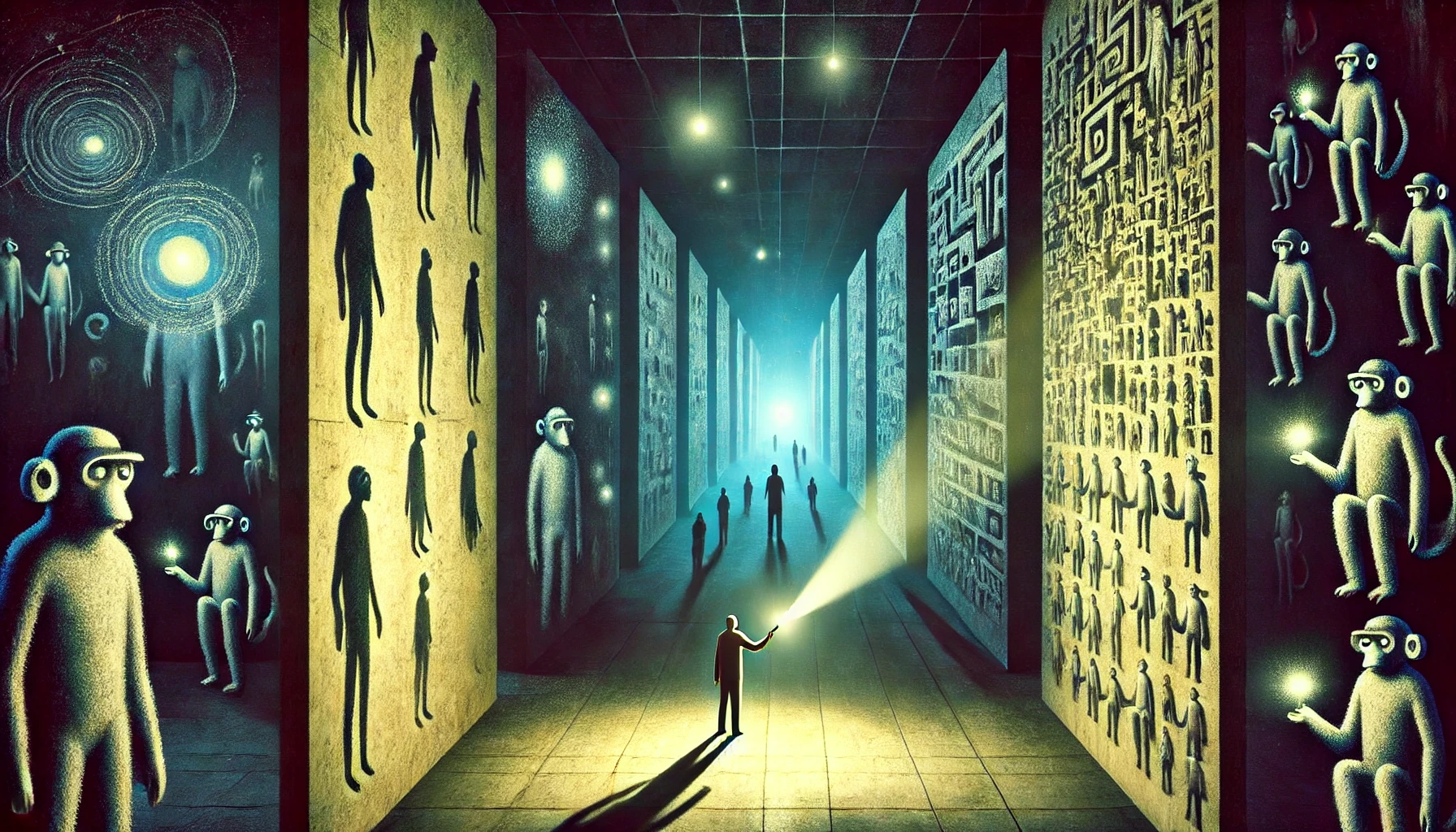

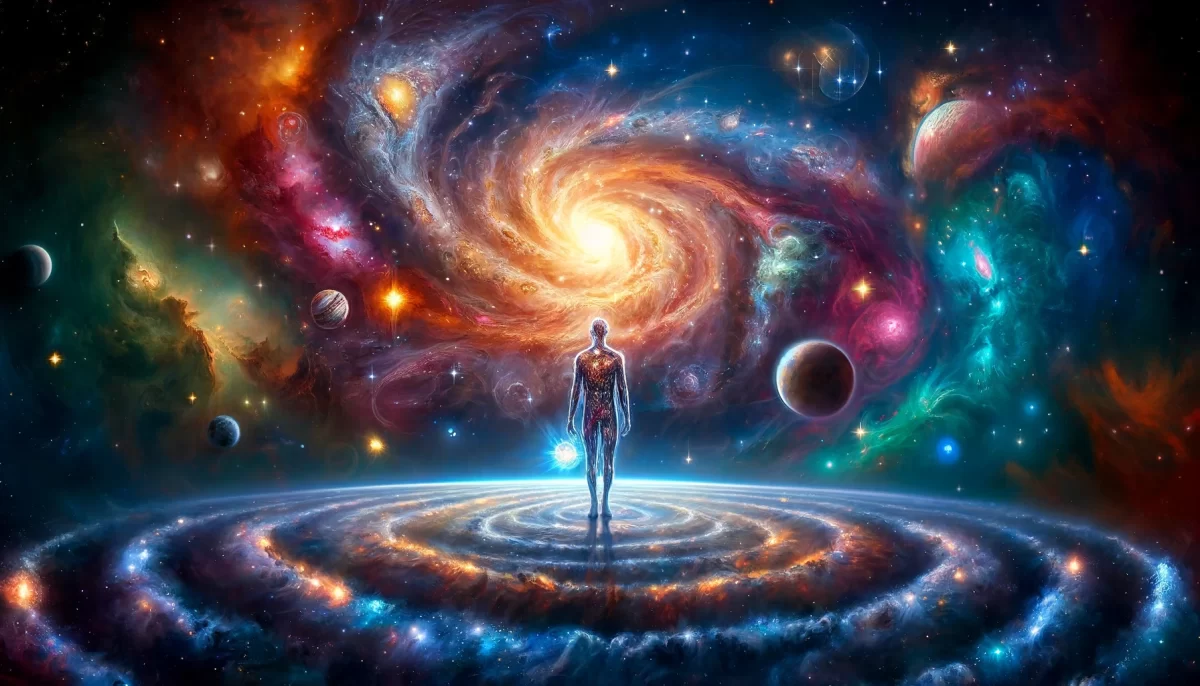
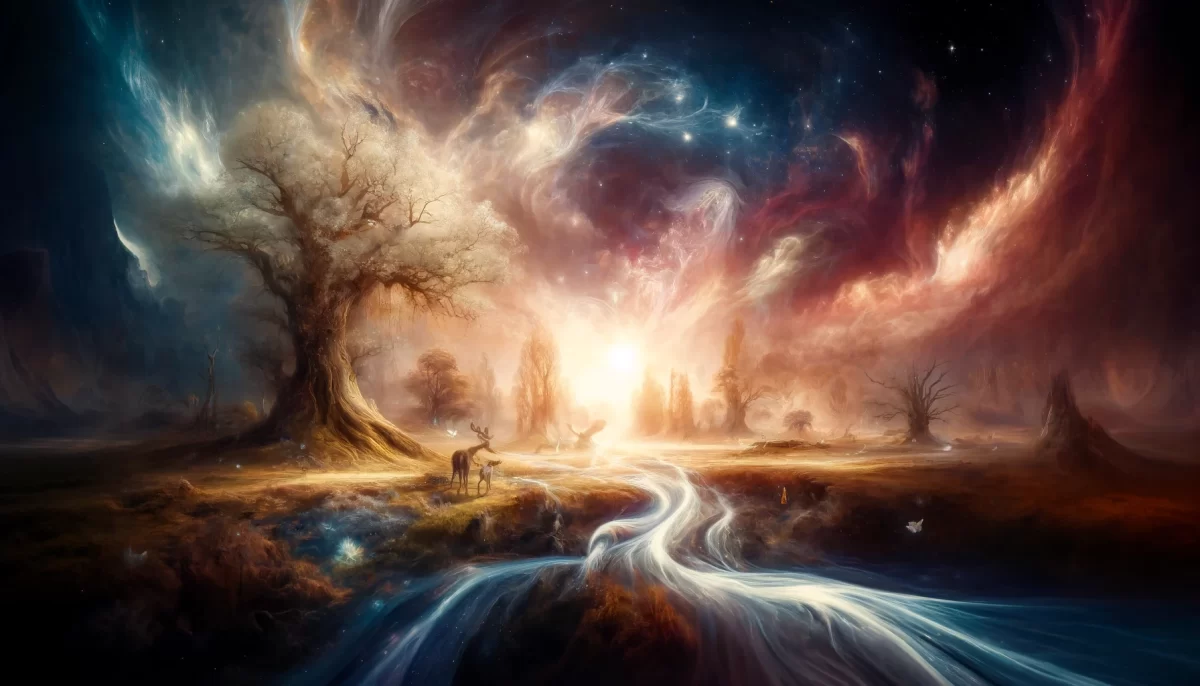
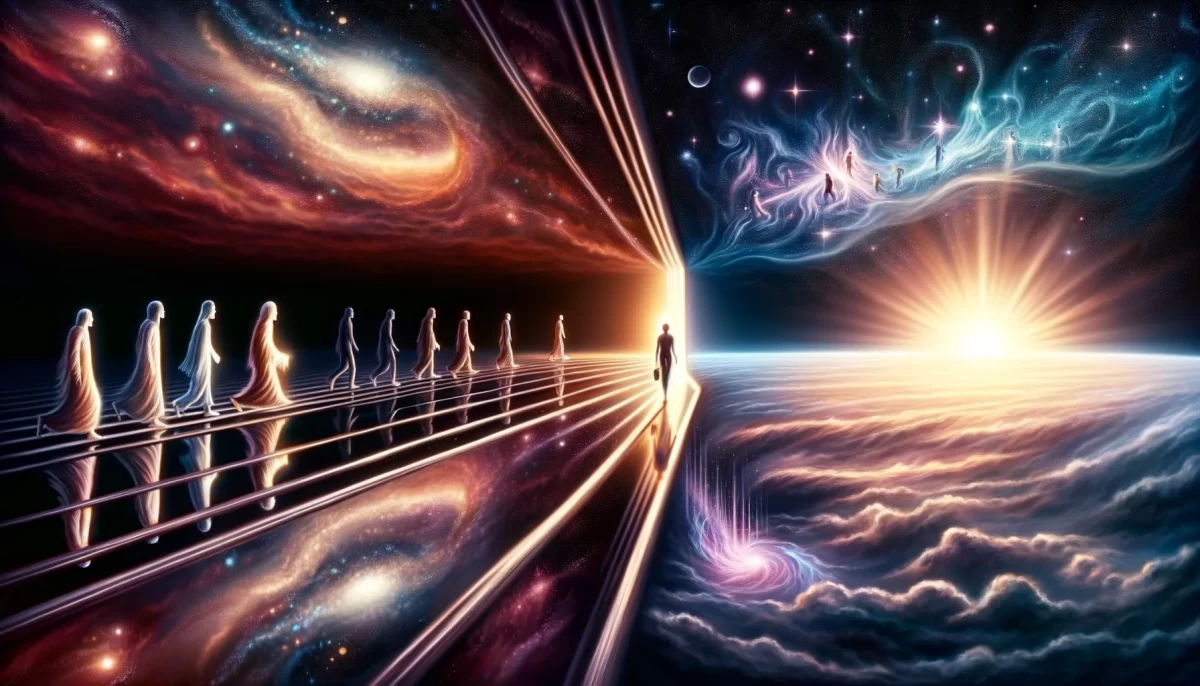
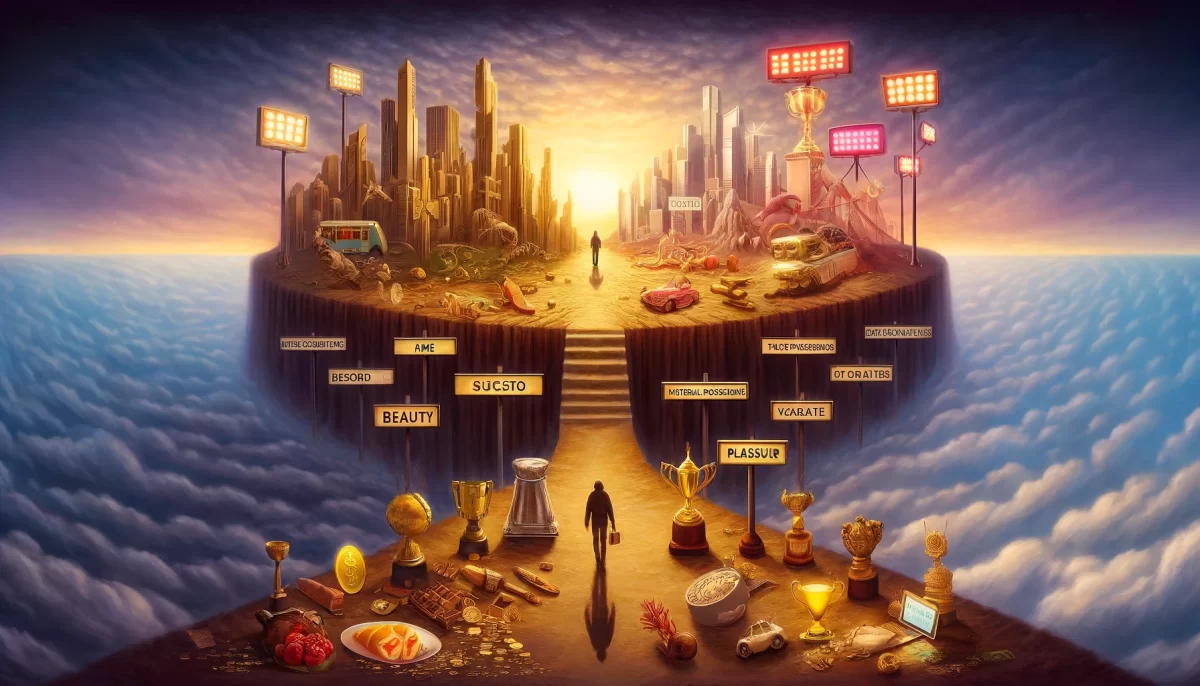


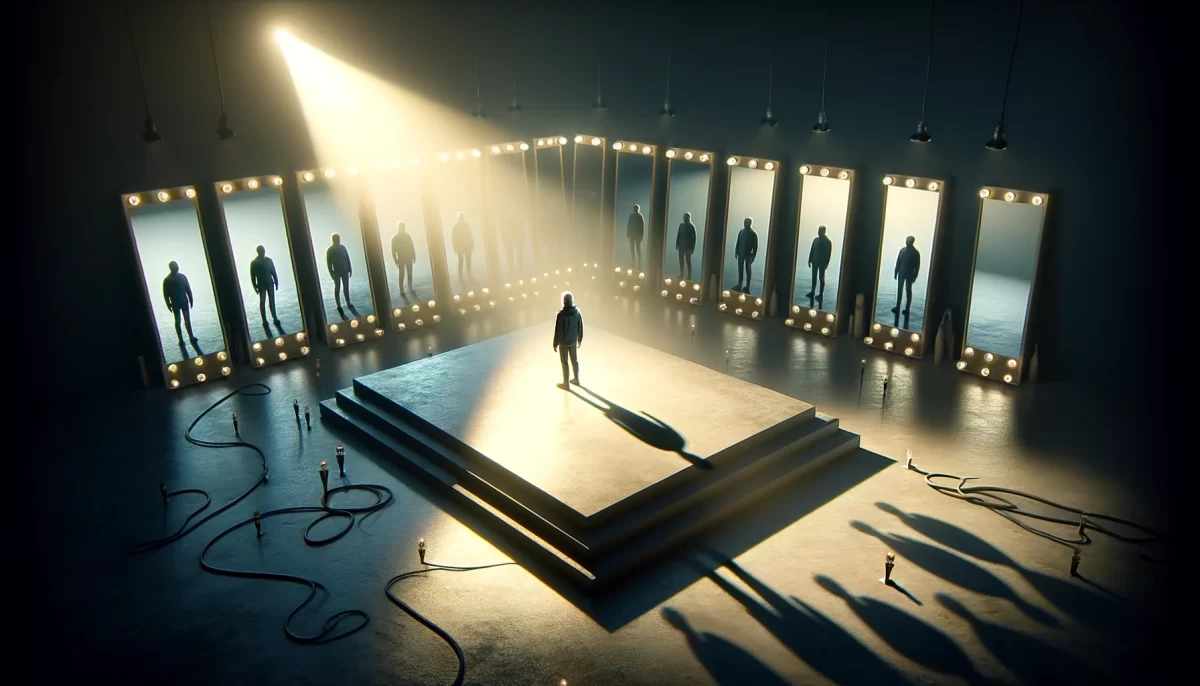
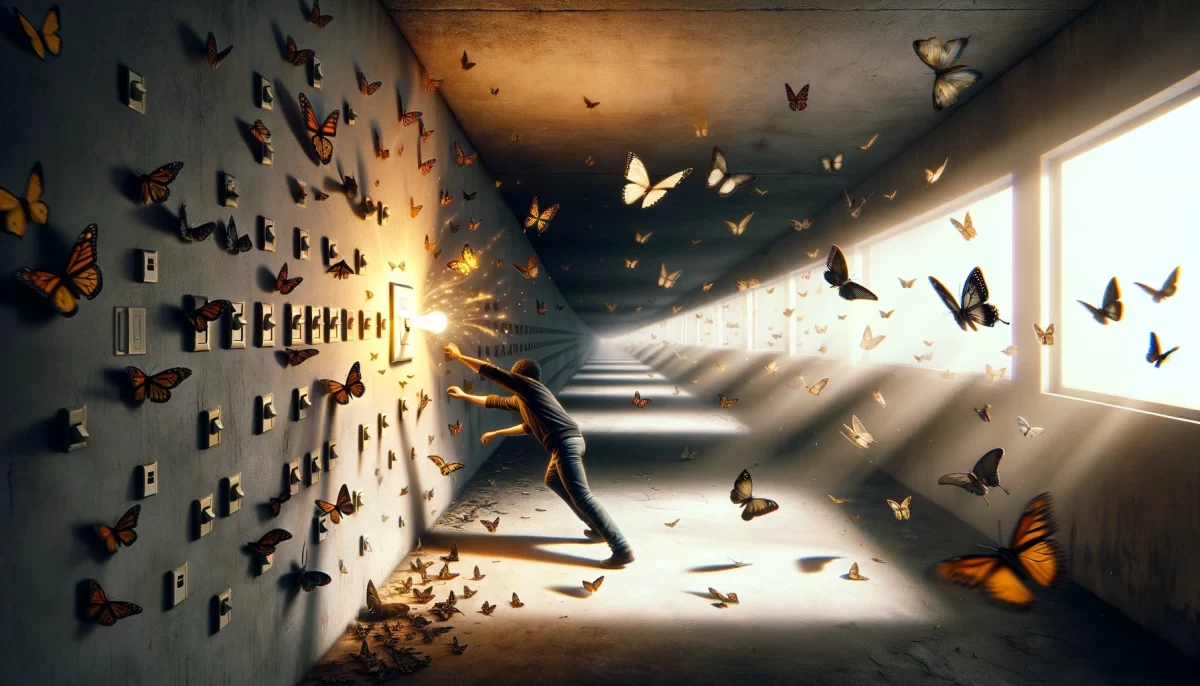


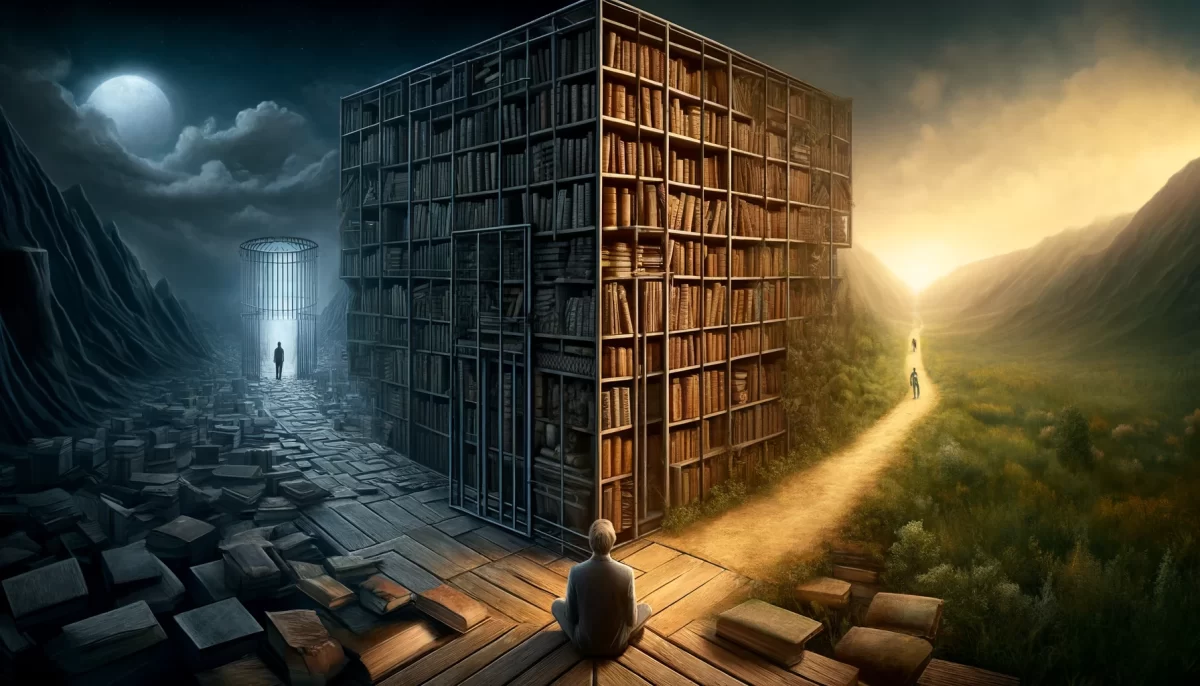
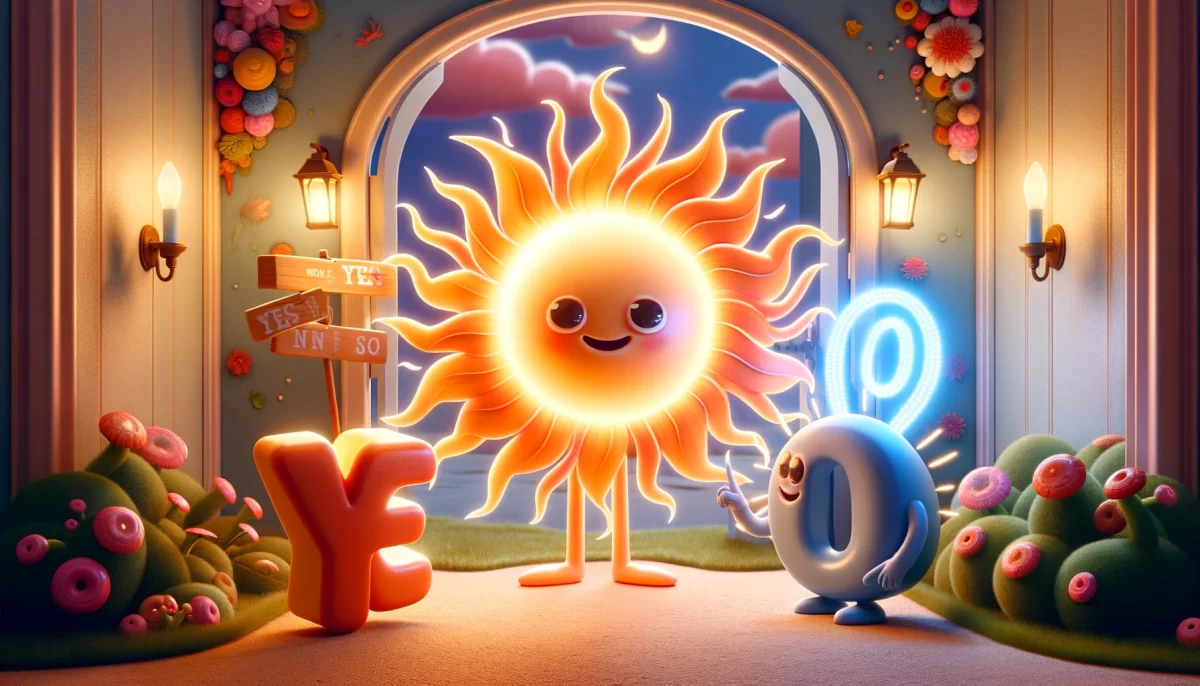

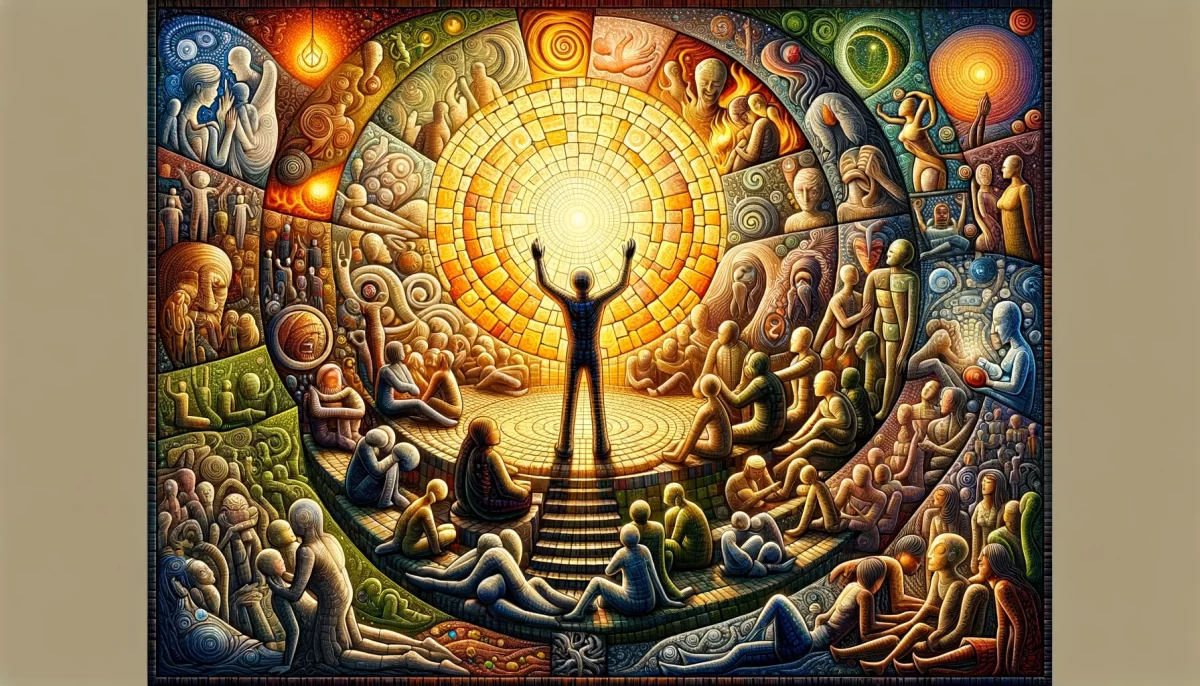
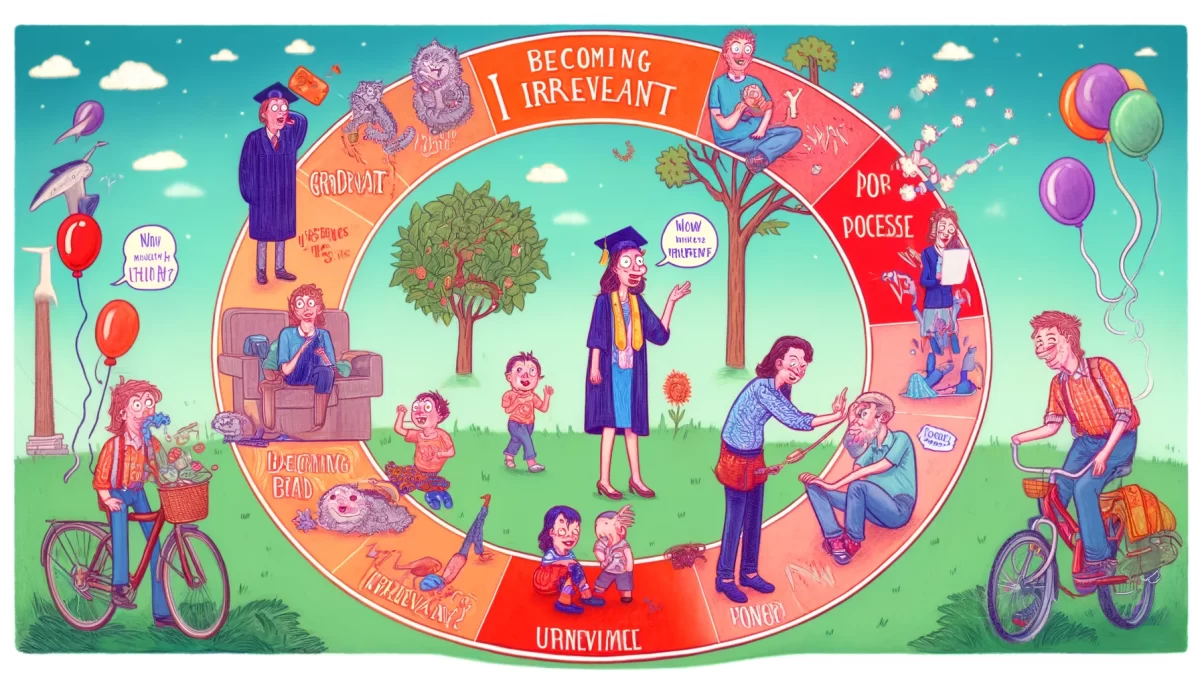
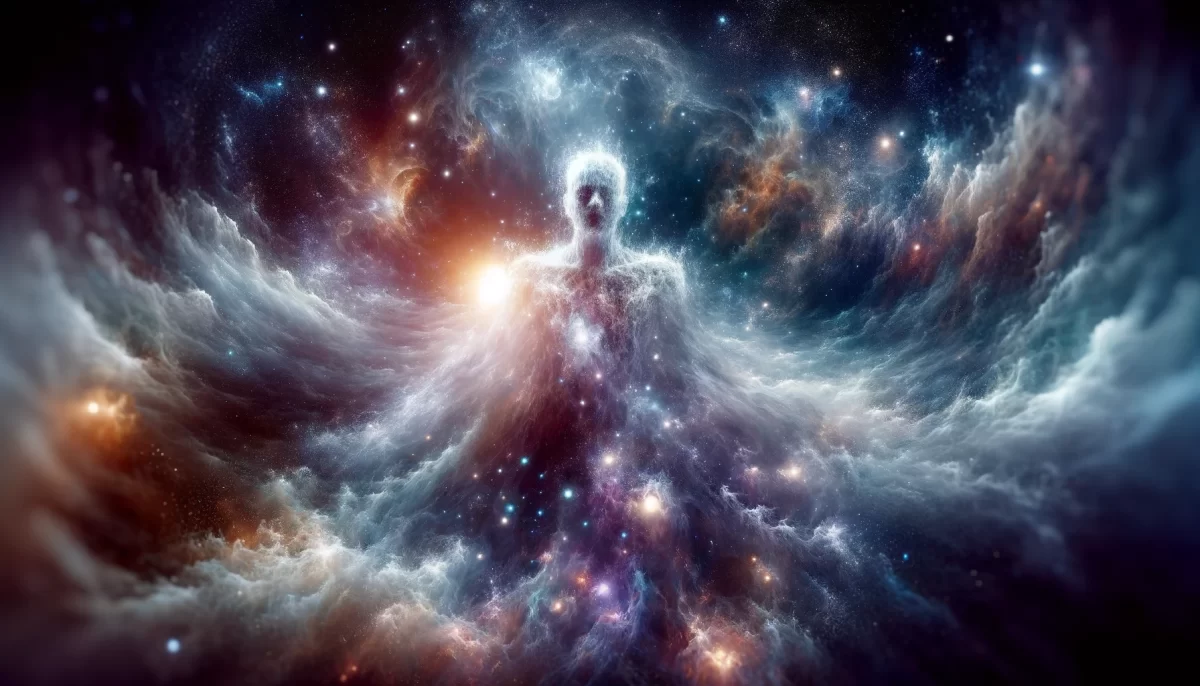
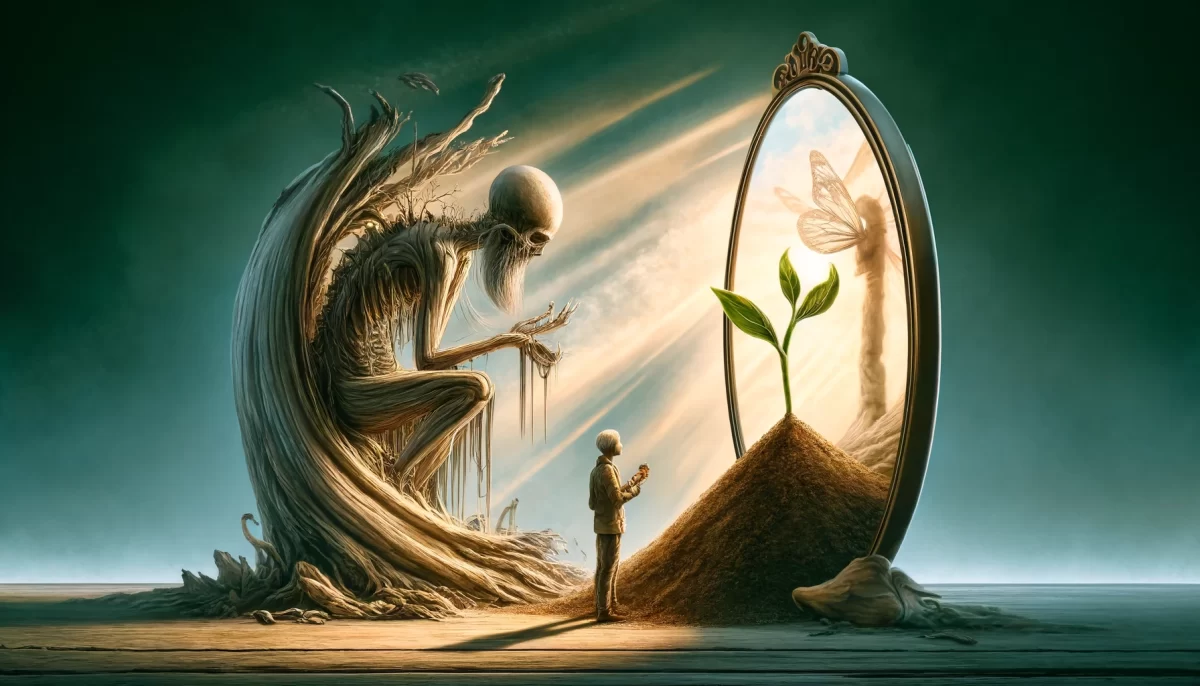
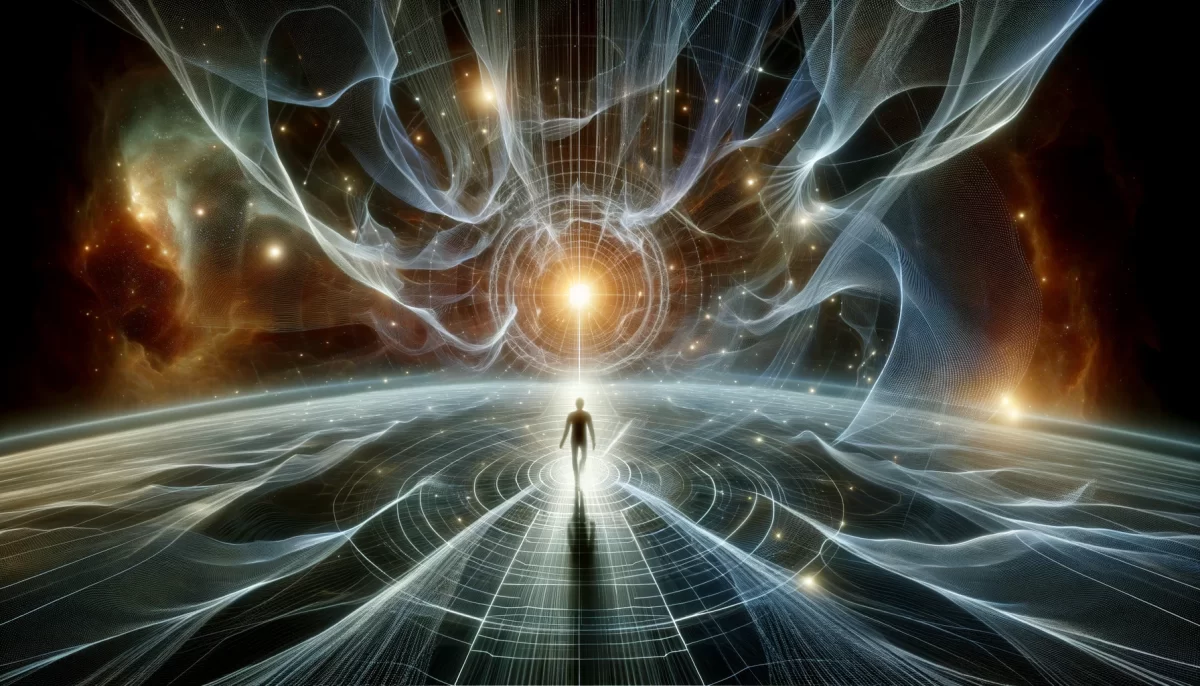

Leave a Reply